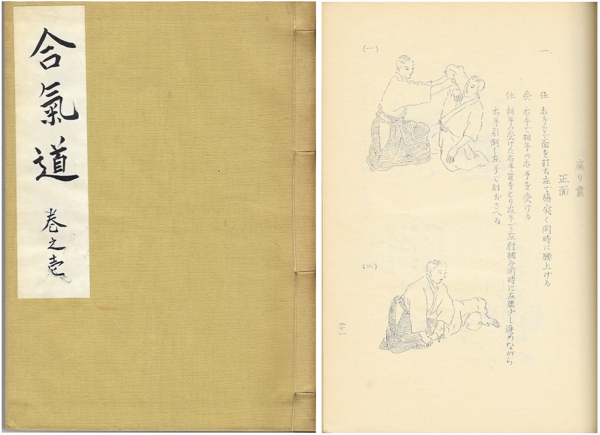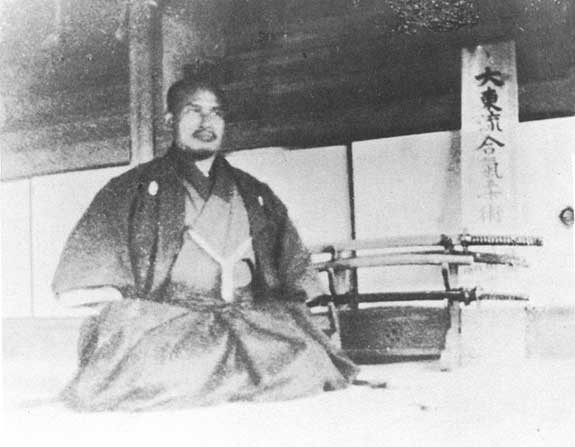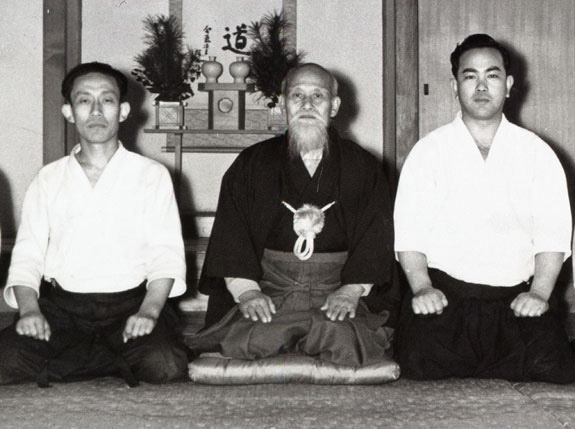He never changed the techniques because of his spiritual beliefs, and the documents from that time (as well as several testimonies from people who were there) contradict that claim. He delivered Daito ryu certificates after the war and the 1955 Maki no Ichi aikido manual contained the same technical information as the 1935 (Daito ryu) Budo manual. He stayed with Saito in Iwama until his death and Saito explicitly said that they kept doing techniques according to the 1935 Budo manual. The third Doshu, Moriteru Ueshiba, said that the techniques were changed by Kisshomaru Ueshiba, not Morihei:
“The techniques and way of Aikido that the founder O-Sensei left us, was not always easily understood by everyone. Doshu, my father, changed these so they would be easily understood, and he gave all of his life to spread this. For that reason he left behind many books that he had written. I grew up watching Doshu return from keiko to study and write for long hours and even with my child’s eyes I could see the importance of this work”.
Source: Moriteru Ueshiba, "To the spirit of the past Doshu", Aikikai Hombu Dojo Aikido Shimbun, January 1999.
Royce Gracie did this during one of the first inter-styles matches that were sanctionated and filmed. Expecting the same standard of proof from someone who died decades earlier is laughable. Absent video "proof" (whose validity is debatable...) we turn to documented facts (e.g. the fact that Kano sent several of his best students to study with Ueshiba, or the fact that a world-class judo athlete like Abbe studied and taught aikido after meeting Ueshiba) and testimonies from contemporaries. That's how historians study the past, and there's no reason why martial arts should be an exception.
A single anecdote (like the Norris one) is very different from consistent statements from every top martial artist at the time about Ueshiba's overall level. Talking about objectivity, Minoru Mochizuki had no problem saying that his daito ryu techniques were not sufficient to beat wrestlers, or that savate was superior to karate. Yet, he also said that nobody could beat Ueshiba when they trained together, despite Mochizuki being 24 years younger and an outstanding competitor by all accounts.

 www.google.com
www.google.com

 www.aikidosangenkai.org
www.aikidosangenkai.org

 www.aikidosangenkai.org
www.aikidosangenkai.org

